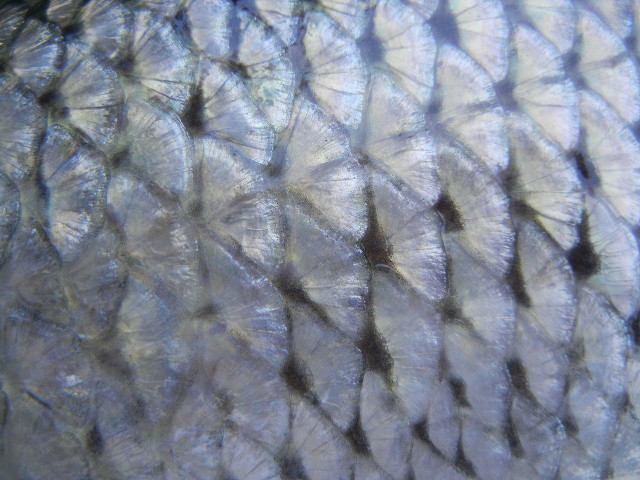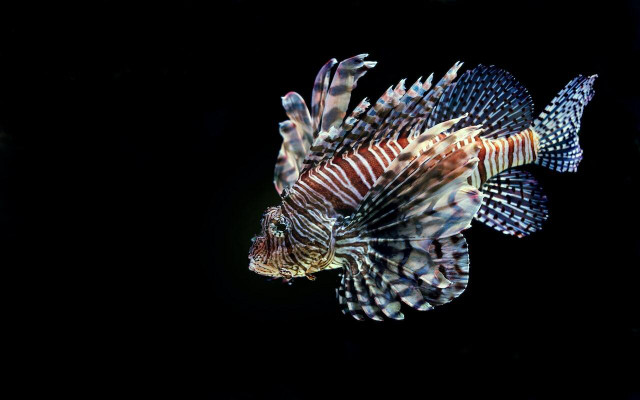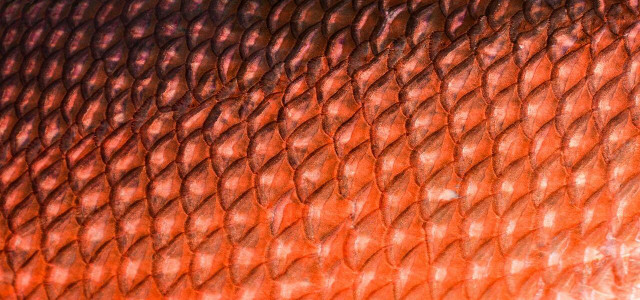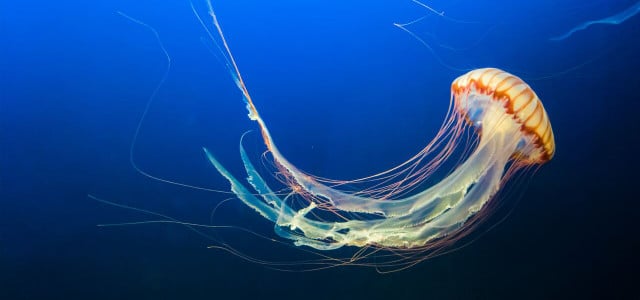You may not have known that leather can be made from not just mammals, but fish too. Fish leather could be a sustainable alternative in fashion. Read on to see why.
While the use of fish for leather has been recorded in many indigenous coastal communities from Egypt to Alaska to Scotland, the process of producing fish leather was first developed by the Nainai people in the Amur Basin in Asia and has made its way to the fashion industry due to its potential ecological benefits and its history to empower indigenous peoples. Due to the crosswise fiber structure, fish leather is said to be the strongest of all leathers. Although certain fish are stronger, any fish can be used to make leather: scales or no scales.
Fish Leather: Touch and Strength

(Foto: CC0 / Pixabay / MaxwellFury)
Durability and Use
As mentioned before, fish leather is considered the strongest of all leathers. The tensile strength, or resistance to breaking under tension, can reach up to 90 newtons with fish leather. The strongest are made from salmon or perch fish. This is much stronger and durable than leather made from something like cattle, with only 8 to 25 newtons of tensile strength. Fish leather is waterproof will not have any fishy smell. The leather can be used for a variety of many things: including items like wallets, bike seats, shoes, katana handles, wedding dresses, lamps, and watches, to name a few.
Sight and Touch
Fish leather will appear different depending on what fish is used to make it and each species will have its own distinct pattern. Common fish like salmon, perch, tilapia, carp, and cod will have a scaly surface while fish like catfish, sharks, and stingray are smooth. Some species, like salmon and eels, will always have a distinct “scar” lie through the pattern. Despite this they share some characteristics like a scaly or pore like structure and it is relatively elastic compared to other leather.
Ecology of Fish Leather



(Foto: CC0 Public Domain / Unsplash / Knut Troim )
Sourcing
The sourcing of fish leather will depend on where they receive their material from. Some places, like Col de Mar, retrieve their skins from fish discarded by seafood industries who already harvested the meat. Other companies also follow this model like Atlantic Leather who receive their fish skins from fishing fleets in the North Atlantic.
Potential Ecological Benefits
One potential benefit from the fish leather industry is the help in reducing invasive species. A specific example is the lionfish. The lionfish has been invasive to reefs across the Atlantic and Mediterranean since the 1980s. Invasive species like this cause great damage to biodiversity and natural ecosystems: one single invasive lionfish in a local reef can kill 79% of baby native reef fish. Using lionfish for leather can be considered positive to local coral reefs: for every lionfish killed it is reported that a potential 70,000 reef fish are saved. Using lionfish for a source of leather may help reduce the production of cattle leather and come from a source that helps local environments. The question of whether it is environmentally friendly to kill a species for the survival of another is a question of ethics.
Potential Ecological Problems
Although it doesn’t require deforestation and produce carbon emissions like traditional cattle leather, even fish leather must also undergo the process of tanning. Tanning is a process where skins, fish or cattle, are treated to allow them to become leather: smooth textured, odorless, and without decay. This process of tanning is the most toxic step in leather production. The procedure produces a vat of many chemicals including Carcinogenic chromium (IV): a toxic chemical that negatively affects plant metabolic activities, hinders crop production, and reduces yield quality. However, Inversa, a lionfish-leather company, writes on their website that they use Chromium III not Chromium IV. Both are bad for the environment, but Chromium III is far less toxic.
Sustainability in Fashion



(Foto: CC0 Public Domain / Unsplash / David Clode)
In terms of the fashion world, fish leather is often compared to cow leather. The carbon footprint from cow skin leather is 10.0kg of CO2e per square metre and is 7 times more than fake leather. Fish leather does not require the same demands that make deforestation or degraded soils a part of the cow skin leather industry. As of now the sustainable sourcing through waste and use of an endangered species seems to uphold fish leather over that of traditional leather. However, the process of tanning and the potential for fish to be farmed for leather remains two roadblocks to a purely sustainable material.
Read more:
- What Is Vegan Leather Made Of?
- How to Clean Faux Leather Jackets, Couches, and More
- Banana Fiber: The Material for Sustainable Fashion From Tree Waste?
Do you like this post?







